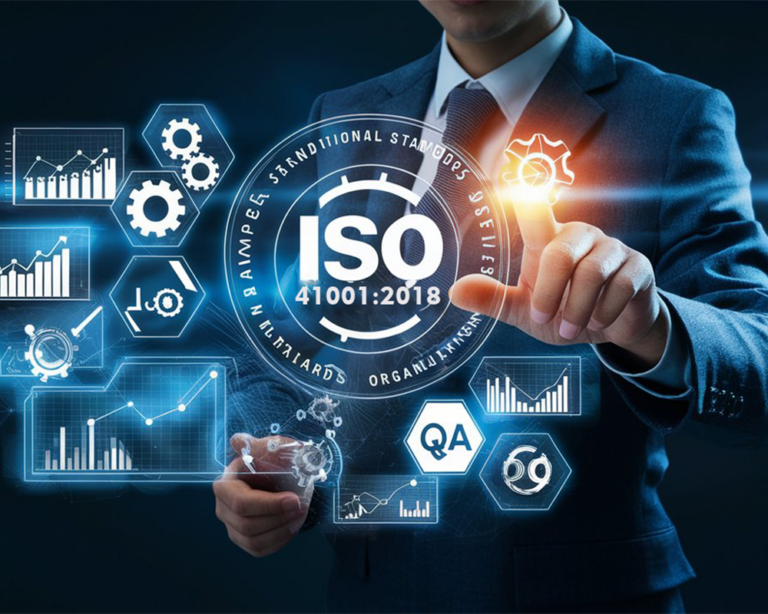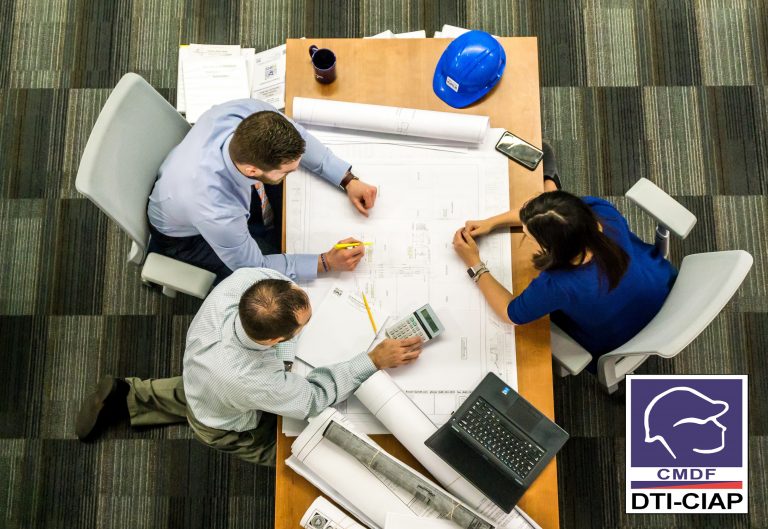
The ASEAN-2015 Readiness Desk is the latest service innovation of the AGC that seeks to help companies, their clients, and staff move their competencies to the next level of global readiness.
[two_third]
[box]
[learn_more caption=”Click here to learn more”]
The Association of Southeast Asian Nations, or ASEAN, was established on 8 August 1967 in Bangkok, Thailand, with the signing of the ASEAN Declaration (Bangkok Declaration) by the Founding Fathers of ASEAN, namely Indonesia, Malaysia, Philippines, Singapore and Thailand.
Brunei Darussalam then joined on 7 January 1984, Vietnam on 28 July 1995, Lao PDR and Myanmar on 23 July 1997, and Cambodia on 30 April 1999, making up what is today the ten Member States of ASEAN.
As set out in the ASEAN Declaration, the aims and purposes of ASEAN are:
- To accelerate the economic growth, social progress and cultural development in the region through joint endeavours in the spirit of equality and partnership in order to strengthen the foundation for a prosperous and peaceful community of Southeast Asian Nations;
- To promote regional peace and stability through abiding respect for justice and the rule of law in the relationship among countries of the region and adherence to the principles of the United Nations Charter;
- To promote active collaboration and mutual assistance on matters of common interest in the economic, social, cultural, technical, scientific and administrative fields;
- To provide assistance to each other in the form of training and research facilities in the educational, professional, technical and administrative spheres;
- To collaborate more effectively for the greater utilisation of their agriculture and industries, the expansion of their trade, including the study of the problems of international commodity trade, the improvement of their transportation and communications facilities and the raising of the living standards of their peoples;
- To promote Southeast Asian studies; and
- To maintain close and beneficial cooperation with existing international and regional organisations with similar aims and purposes, and explore all avenues for even closer cooperation among themselves.
SOURCE: http://www.asean.org/asean/about-asean/overview
[/learn_more]
[/box]
[box]
[learn_more caption=”Click here to learn more”]
The ASEAN Vision 2020, adopted by the ASEAN Leaders on the 30th Anniversary of ASEAN, agreed on a shared vision of ASEAN as a concert of Southeast Asian nations, outward looking, living in peace, stability and prosperity, bonded together in partnership in dynamic development and in a community of caring societies.
At the 9th ASEAN Summit in 2003, the ASEAN Leaders resolved that an ASEAN Community shall be established.
At the 12th ASEAN Summit in January 2007, the Leaders affirmed their strong commitment to accelerate the establishment of an ASEAN Community by 2015 and signed the Cebu Declaration on the Acceleration of the Establishment of an ASEAN Community by 2015.
The ASEAN Community is comprised of three pillars, namely the ASEAN Political-Security Community, ASEAN Economic Community and ASEAN Socio-Cultural Community. Each pillar has its own Blueprint, and, together with the Initiative for ASEAN Integration (IAI) Strategic Framework and IAI Work Plan Phase II (2009-2015), they form the Roadmap for and ASEAN Community 2009-2015.
[/learn_more]
[/box]
[box]
From a National Government perspective, it is a readiness to meet the vision of consisting of the following key characteristics: (a) a single market and production base, (b) a highly competitive economic region, (c) a region of equitable economic development, and (d) a region fully integrated into the global economy.
It may be worth mentioning that the World Economic Forum designed and developed a Networked Readiness Index (NRI) as an underlying component to measure global economic readiness. This index could be used as an indicator or enabler of overall ASEAN 2015 Readiness towards full economic integration.
As reference point, in a recent global report, Singapore stands at number 2 on Network Environment, Usage, and Readiness. Other ASEAN countries in the NRI rankings are: Malaysia 30th, Brunei Darussalam 45th, Indonesia 64th, Thailand 67th. The rest are the Philippines 78th, Vietnam 84th, Cambodia 108th, Lao PDR 109th, and Myanmar 146th.
[/learn_more]
[/box]
[box]
[learn_more caption=”Click here to learn more”]
One primary implication is that businesses would operate not from a national base but from ASEAN-centric base.
For example, a Philippine manufacturing firm asserts its readiness by being present locationally through its production facilities in Vietnam, Indonesia, Singapore, Malaysia, and Thailand and setting its sights on the 4 others.
It comes from a mindset that targets exports within ASEAN and the rest of the world, particularly China and India.
One major driver is the elimination of tariffs within the region thus making it possible to expand trade across ASEAN markets.
A key formula is to start with a good vision, good product mix, and inclusive strategy.
[/learn_more]
[/box]
[box]
[learn_more caption=”Click here to learn more”]
From an individual perspective, this ASEAN 2015 Readiness is about a worldview and a decision to leverage a personal strength that is anchored on 21st century skills and values. These are builtt around a culture of creativity, communication, collaboration, critical thinking, and compassion within the ASEAN region and beyond.
[/learn_more]
[/box]
[box]
[learn_more caption=”Click here to learn more”]
Knowing what an Mutual Recognition Arrangement is a good place to start.
A Mutual Recognition Arrangement (MRA) is a proposed arrangement among ASEAN member countries designed to facilitate the freer movement and employment of qualified and certified personnel between ASEAN member countries.
For example within a tourism profession practice, the purposes of an MRA mechanism are to facilitate mobility of tourism professionals within ASEAN based on tourism competency qualification/certificate, and at the same time, improve the quality of services delivered by tourism professionals. There are 32 job titles covered under this MRA, ranging from housekeeping, front office, food and beverages services, and food production for hotel division, to travel agencies and tour operator for travel division.
[/learn_more]
[/box]
[box]
[learn_more caption=”Click here to learn more”]
Deciding that learning is a lifelong exercise adds a layer of personal competitiveness. Knowing one’s strength and limitations within a globally and socially connected workplace and environment opens up possibilities towards a meaningful professional growth for ASEAN 2015 Readiness.
[/learn_more]
[/box]
[box]
[learn_more caption=”Click here to learn more”]
Stay up to date on developments around trainings and related services to help you prepare for ASEAN 2015 Readiness. Send your questions or comments to this email address: training@agcdevcorp.com.ph
[/learn_more]
[/box]
[/two_third]
[one_third_last]
[/one_third_last]
Some useful reference links:
- This Guide to ASEAN Mutual Recognition Arrangement on Tourism Professionals (MRA – TP) has been produced as an essential reference for tourism professionals, employers and training organisations in preparing for the launch of the ASEAN Economic Community in 2015. The Guide will try to answer questions about how MRA – TP works, and the requirements and implications for tourism employees and employers.
- Philippine Roadmap for Implementation of ASEAN MRA on Dental Practitioners
- Everything about ASEAN
- 5 Cs Tools and Resources
- For Organizations, http://innovationnetwork.biz/articles/whats_your_CQ.html
- For Individuals, http://www.thelearningcafe.net/downloads/CQQuizHandout.pdf
- http://www.weforum.org/issues/global-information-technology/the-great-transformation/network-readiness-index
- http://www.china-briefing.com/news/2013/01/14/new-issue-of-asia-briefing-are-you-ready-for-asean-2015.html
- http://www.mb.com.ph/asean-readiness-within-an-asean-space/
- http://www.scidev.net/global/policy/editorials/asean-s-economic-integration-how-science-can-help.html
http://www.prc.gov.ph/page.aspx?id=18
Compassion,
Empathy Quotient, http://psychology-tools.com/empathy-quotient/
Collaboration Quotient,
Creativity Quotient, http://www.edu-nova.com/apps/creativity.html
Critical Thinking Quotient,
http://graduates.hoganlovells.com/apply_now/critical_thinking_test/
International Critical Thinking Test Resource, http://www.criticalthinking.org/pages/international-critical-thinking-test/619
Other references:
[retweet][/retweet] [facebook][/facebook]







+ There are no comments
Add yours